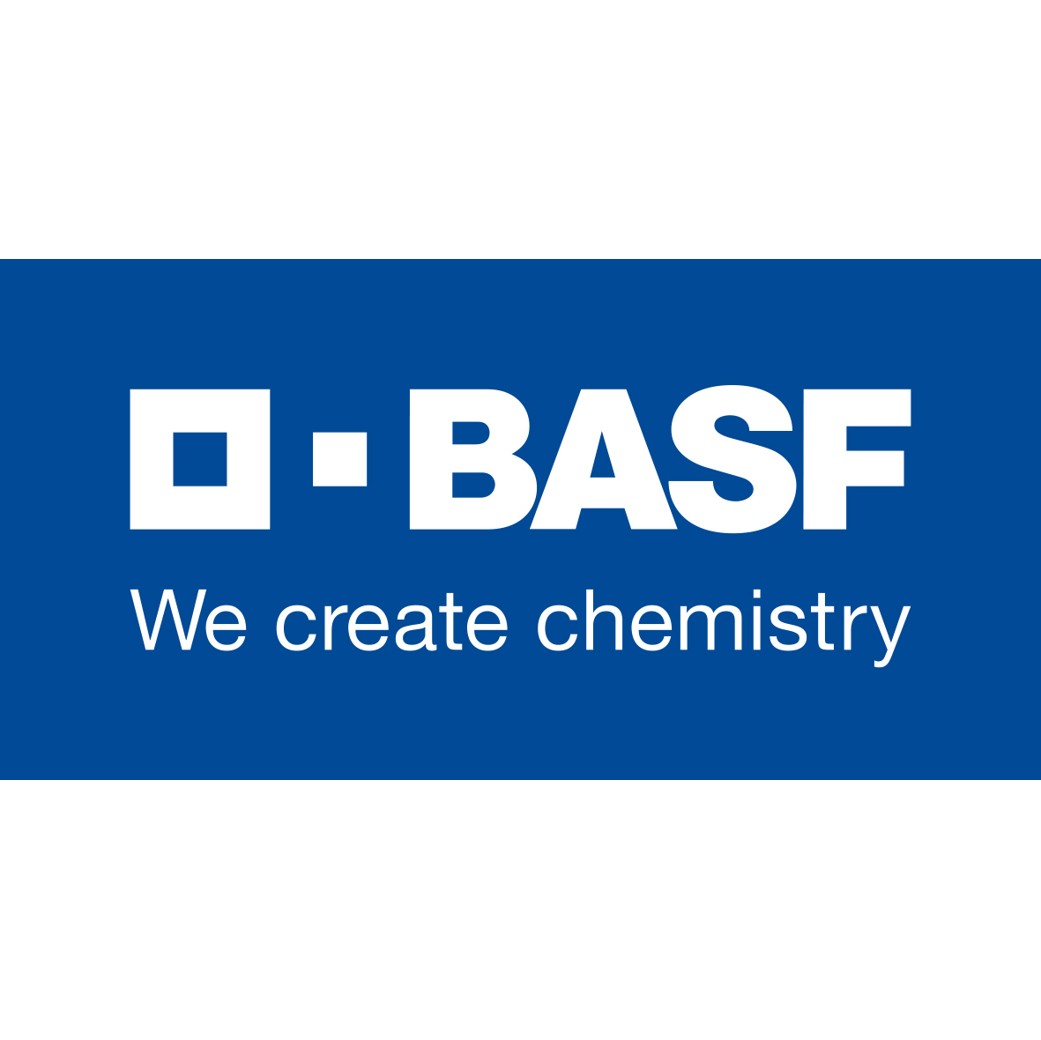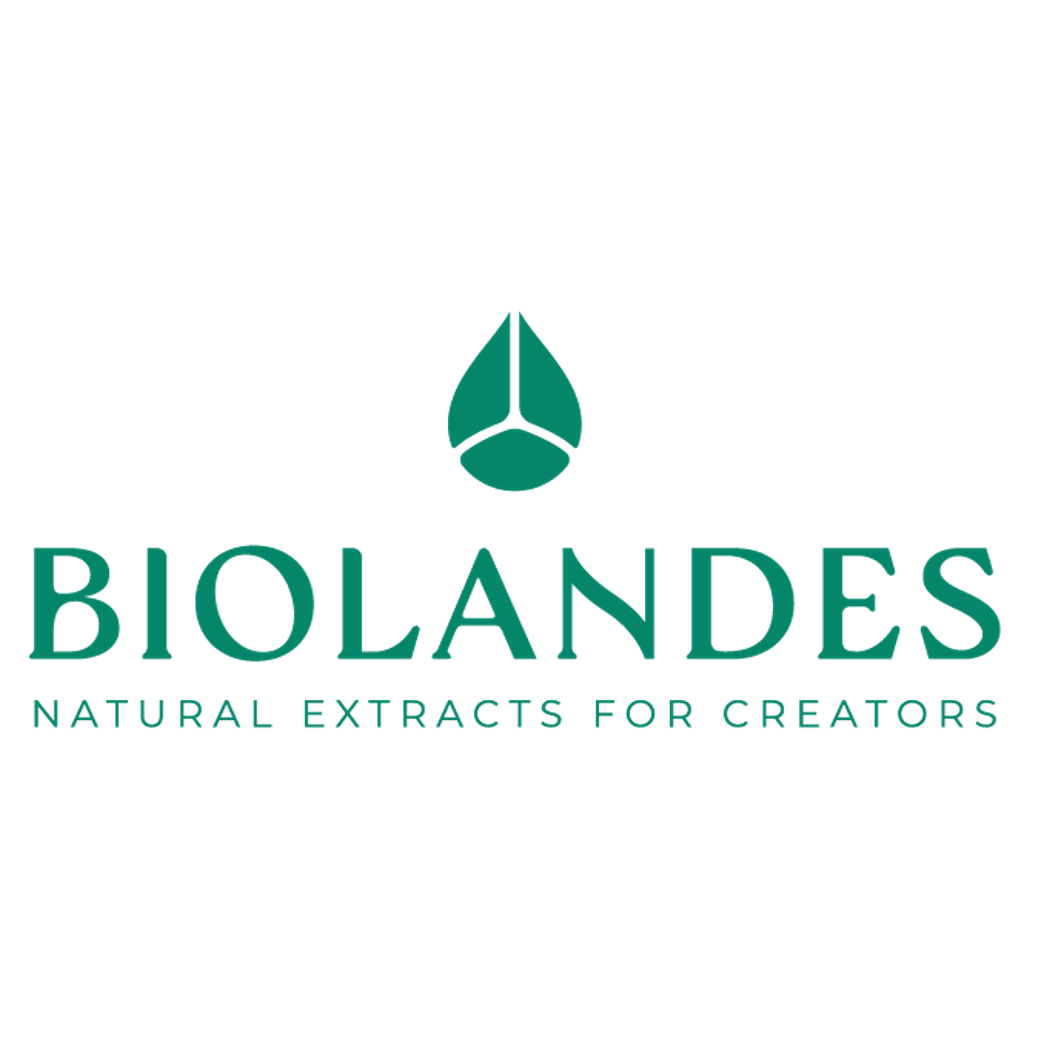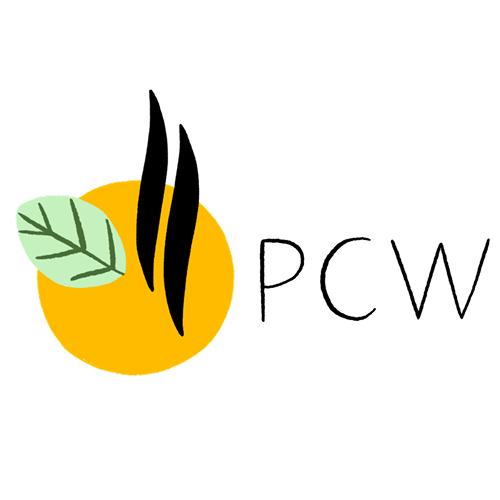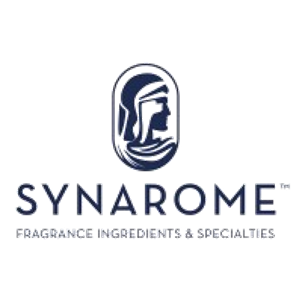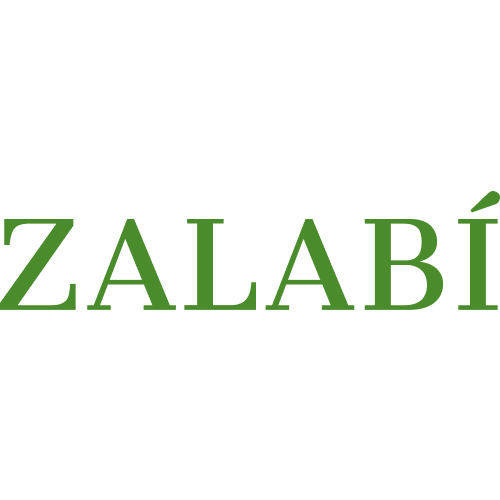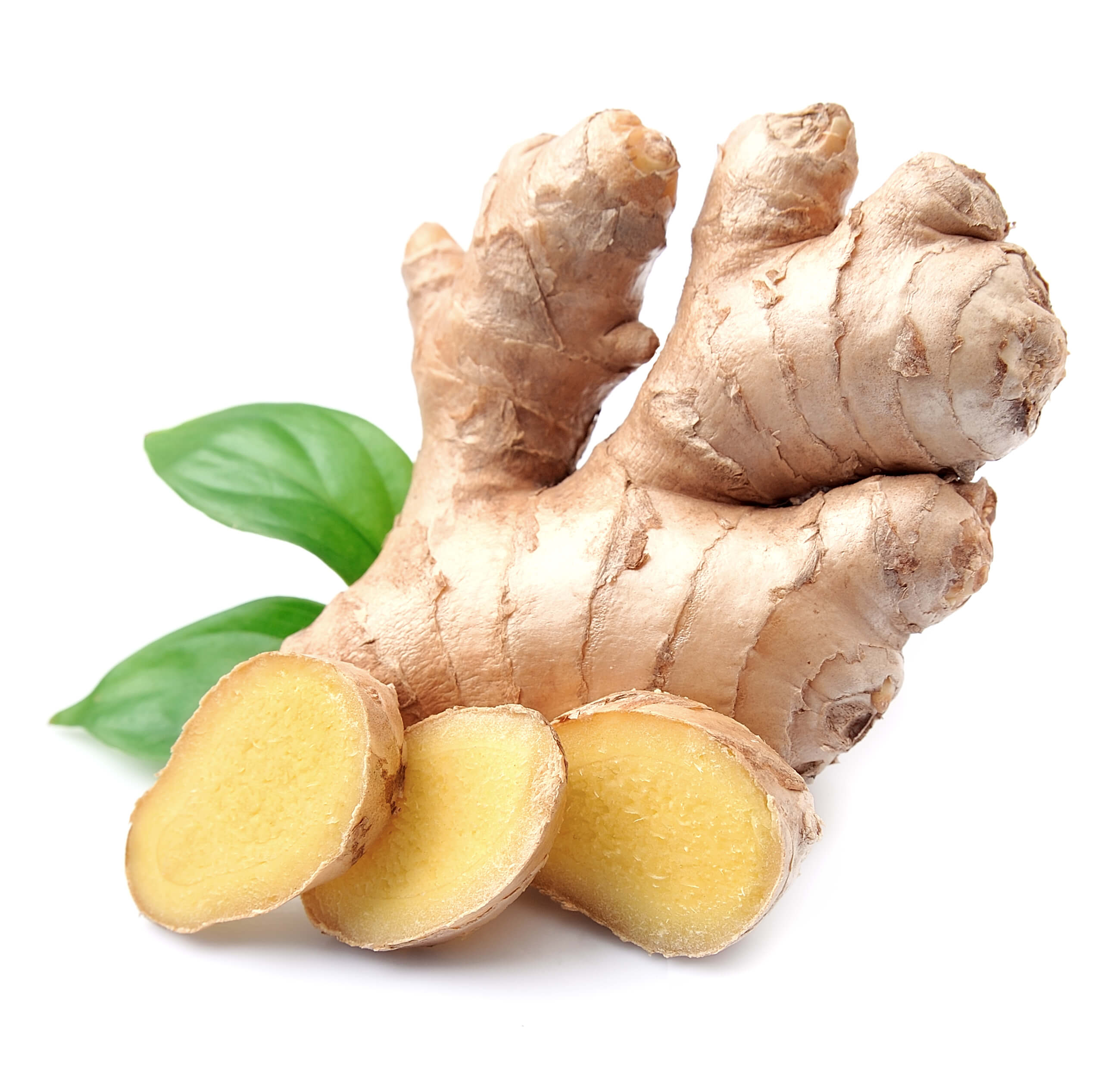
| Company | Ingredient Name | ID | Comments | Naturality | Certifications | MOQ | Latin name | Treated part | Geographical origin |
|---|---|---|---|---|---|---|---|---|---|
|
|
Huile essentielle de Gingembre racine fraiche - 30 gr | - |
Visit website
|
- | - | - | - | - | |
|
|
Ginger Oil - CO2 | FG-003 |
Visit website
|
Natural |



|
100 Kgs | Zingiber officinale roscoe | Rhizome / Root | Indonesia |
|
|
Ginger Extract | GN-0201 |
Visit website
|
Natural |



|
100 Kgs | Zingiber officinale roscoe | Rhizome / Root | Indonesia |
|
|
Ginger Oleoresin | GN-0202 |
Visit website
|
Natural |



|
100 Kgs | Zingiber officinale roscoe | Rhizome / Root | Indonesia |
|
|
Fresh Ginger Oil | FG-001 |
Visit website
|
Natural |



|
100 Kgs | Zingiber officinale roscoe | Rhizome / Root | Indonesia |
|
|
GINGER Essential Oil | M_0020324 |
Visit website
|
Naturel | - | - | - | - | |
|
|
GINGER EO - NIGERIA | 4410000005 |
Visit website
|
Naturel | - | Zingiber officinale Rosc | Rhizome | Nigeria | |
|
|
GINGER EO - RAJKUMARI | 4410000004 |
Visit website
|
Naturel | - | Zingiber officinale Rosc | Rhizome | Nigeria | |
|
|
GINGER OIL CO2 | 4410000080 |
Visit website
|
Naturel | - | - | - | - | |
|
|
GINGER OIL FRESH TEK | 4410000013 |
Visit website
|
Naturel | - | - | - | - | |
|
|
GINGEMBRE | N470F |
Visit website
|
Huile essentielle |

|
- | Zingiber officinale Roscoe | Rhizome | Madagascar |
|
|
GINGEMBRE | B470F |
Visit website
|
Huile essentielle |

|
- | Zingiber officinale Roscoe | Rhizome | Madagascar |
|
|
GINGEMBRE | F9600 |
Visit website
|
Oléorésine |

|
- | Zingiber officinale Roscoe | Rhizome | Madagascar |
|
|
GINGER CHINE EO | - |
Visit website
|
- | 10 grs | - | - | - |
General Presentation
-
CAS N° :
8007-08-7 -
EINECS number :
616-904-9 -
FEMA number :
2522
-
Volatility :
Heart -
Price Range :
€€€
Physico-chemical properties
-
Appearance :
Pale yellow liquid -
Density :
Varie selon l'origine : Chine -> 0,873 - 0,885 @20°C Inde -> 0,872 - 0,890 @20°C Ouest Afrique -> 0,872 - 0,892 @20°C -
Refractive Index @20°C :
Varie selon l'origine : Chine -> 1.486 - 1.495 @20°C Inde -> 1.484 - 1.498 @20°C Ouest Afrique -> 1.486 - 1.496 @20°C -
Optical rotation :
Varie selon l'origine : Chine -> -47° // -26° Inde -> -50° // -27° Ouest Afrique -> -47° // -18° -
Vapor pressure :
Data not available. -
Flash Point :
Data not available. -
Acid Value :
Botanical informations
Botanical name :
Zingiber officinale Roscoe
Synonyms : Amomum zingiber L. // Amomum angustifolium Salisb.
Botanical profile :
Ginger is a plant of the Zingiberaceae family and the genus Zingiber Mill.
Chemotypes :
Other ginger species in addition to Zingiber officinale exist:
White ginger (Zingiber zerumbet (L.) Roscoe ex Sm.) is native to Southeast Asia and has a zerumbone essential oil.
Brown ginger (Zingiber cassumunar Roxb.) is native to Java and cultivated in tropical Asia.
Ginger mioga (Zingiber mioga (Thunb.) Roscoe :) is native to Japan and has the smell of bergamot.
Extractions & Uses
Extraction process :
The cultivation of ginger is made from October to January on a moist and well-drained soil. This plant has a rhizome with buds that gives rise to leafy stems. Once cleaned, pulverized and dried for about two weeks, the rhizomes can be milled and extracted by hydrodistillation - a pale yellow essential oil is obtained with a yield of about 1.5 to 3% - or volatile solvents - a semi-solid viscous resinoid is obtained with a yield between 4 and 10%.
Uses in perfumery :
Used in spicy, citrus and warm notes for a deep effect.
Stability :
Solubility issues in perfumes
Aldehydes can form diethylacetals in stability tests, without modifying the raw material’s smell
The terpenes identified in this raw material can polymerize when they are oxidized
Major Components :
- For China :
- Alpha-zingiberene (29 - 40%)
- Béta-sesquiphellandrène (10 - 14%)
- Curcumene (5 - 11%)
- Camphene (4,5 - 10%)
- Beta-bisabolene (2,5 - 9%)
- Alpha-pinene (1,5 - 2,5%)
- Geranial (< 0,6%)
- Beta-elemene (0,5 - 1,5%)
- Neral (< 0,5%)
- Geraniol (0,1 - 1%)
- Pour la qualité Inde :
- Alpha-zingiberene (35 - 40%)
- Beta-sesquiphéllandrene (11,5 - 13,5%)
- Curcumene (6,5 - 9%)
- Camphene (5 - 8%)
- Beta-bisabolene (2,5 - 5,5%)
- Alpha-pinene (2 - 6%)
- Beta-elemene (0,6 - 1,1%)
- Geraniol (0,1 - 0,6%)
- Geranial (0,1 - 0,6%)
- Neral (0,1 - 0,4%)
- Pour la qualité Afrique de l'Ouest :
- Alpha-zingiberene (23 - 45%)
- Beta-sesquiphellandrene (8 - 17%)
- Curcumene (3 - 11%)
- Beta-bisabolene (3 - 7%)
- Beta-elemene (< 1%)
- Geranial (0,5 - 3,5%)
- Neral (0,2 - 2%)
- Geraniol (0,1 - 3,5%)
- Alpha-pinene (0,1 - 3%)
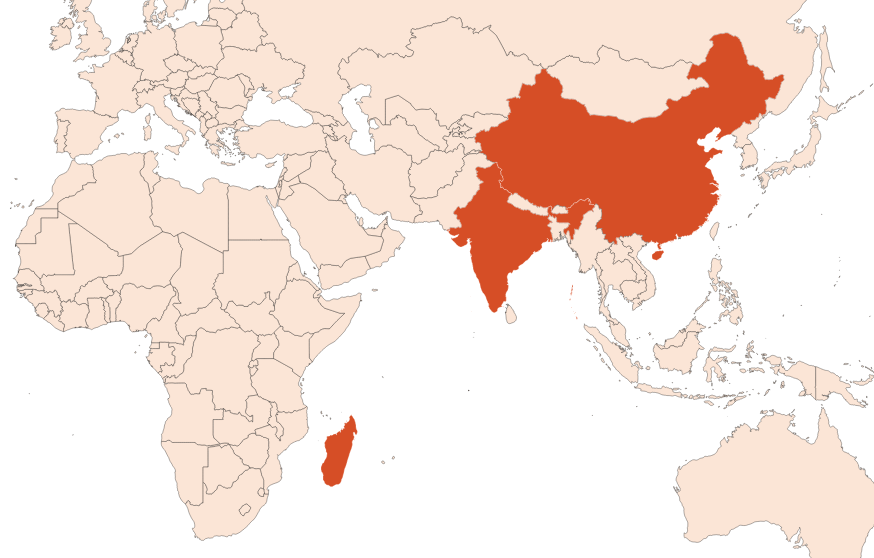
Photo credits: ScenTree SAS
Other comments :
Ginger can be found throughout Asia, as well as in other tropical and subtropical regions of the globe (Jamaica and Australia in particular).
Mainly known for its culinary taste (it represents 5 to 6% of the world consumption of spices), ginger is also widely used in perfumery.
IFRA
IFRA 51th :
This ingredient is not restricted for the 51th amendment





